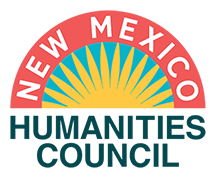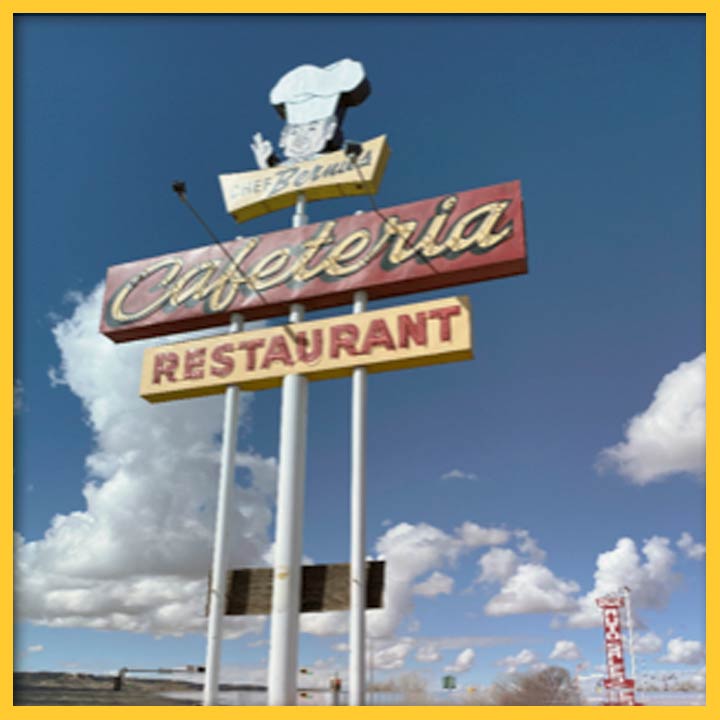SHARE:
I recently received an e-mail from Michelle Quisenberry, deputy director of the New Mexico Humanities Council, the state affiliate of the National Endowment for the Humanities. She had seen my name associated with a recent Chautauqua grant application for a program to be held at the Aztec, N.M. Museum on May 6, and had remembered my participation in many former Chautauqua programs and other NMHC activities. Guessing that I was a veteran NMHC participant, she inquired if we might visit a little about the early years of the NMHC, and what I might have remembered about them. This seemed appropriate considering that the Council was celebrating its 50th birthday, having been founded in 1972.
I was happy to respond because my professional life and my involvement with the New Mexico Humanities Council began at almost exactly the same time and continue to this very day. I told Michelle that my association with the NMHC began before the Council was actually chartered. I am sure this statement was difficult for Michelle to understand initially, but it led to a very interesting conversation and an opportunity to go down memory lane as I considered the role that the New Mexico Humanities Council, and the National Endowment for the Humanities, in general have played in my life.
It is easy enough to trace the historical development of the public humanities movement in the United States. Educators, humanities scholars, teachers, artists, performers and generally all people interested in the arts and humanities were increasingly concerned that their fields were not given the attention that math, science, engineering and technology were given in the late 1950s and early 1960s when so much time, energy and resources were dedicated to national defense and foreign policy issues, with little or no attention given to public humanities and arts issues.
In 1963 the American Council of Learned Societies (ACLS), the Council of Graduate Schools in America, and the United Chapters of Phi Beta Kappa met to consider the role of the humanities in the nation. These organizations formed the National Commission on the Humanities, and in 1964 the Commission released its report, “The State of the Humanities in America,” which recommended to the President and Congress the formation and funding of a “National Humanities Foundation.”
President Johnson and Congress worked together, with Sen. Claiborne Pell of Rhode Island and Rep. Frank Thompson of New Jersey introducing the measure in each house, respectively. Much to their surprise, Congress was presented with a Presidential proposal to actually form two new agencies, one for the arts and one for the humanities. Excitement spread through both the Senate and the House and the Congressional versions of the Presidential plan gained many sponsors in both chambers. In September 1965, both the Senate and the House passed the bill with wide, bipartisan support, and President Johnson announced the new National Foundation for the Arts and Humanities Act, which created two new agencies, the NEA and the NEH.
While the national programs of the NEA and NEH began to evolve immediately, it was not until 1971 that funds were appropriated for experimental state humanities programs in six states: Georgia, Maine, Missouri, Oklahoma, Oregon and Wyoming. However, all states were given the freedom and limited funding to explore the possibility of creating affiliate humanities programs in their respective states. (To learn more about the beginnings of the National Endowment, go to the NEH Timeline).
This is where I came into the picture of public humanities programs in New Mexico. As I explained to Michelle, I got a call out of the blue in November 1970 from Monroe Billington, chair of the history department at New Mexico State University. Dr. Billington had been my graduate advisor at NMSU, and had served on my thesis committee for my master’s degree in history, which I received in 1970. He had also given me a very favorable recommendation for a teaching position at the NMSU – San Juan Campus branch in Farmington, which I gladly accepted that July. It was my first real teaching job, and my wife and I were thrilled to be starting our life together in a place, and with a job that we loved I was more than happy to accept his request for “a favor” that day in mid-November 1970.
Dr. Tomas Gale, Dean of the College of Arts and Sciences at NMSU had been selected to head a temporary committee that was charged to investigate and evaluate the issues and concerns in New Mexico that might be addressed and considered through the lens of humanities scholars and practitioners. Dr. Gale wanted to have five or six regional public meetings throughout New Mexico to address these issues and concerns. One of the cities he selected was Farmington, to address the unique economic, environmental and cultural issues of that area. Because Gale was an historian, as well as a dean, and was a member of the NMSU History Department, and a colleague and friend of Dr. Billington, he asked him if he knew anybody in Farmington who could plan and carry out such a public meeting in Farmington. I can almost see and hear Dr. Billington’s response, “I think I do!”
The meeting was held at Chef Bernie’s Mexican Restaurant in late January 1971 (Chef Bernie’s restaurant is still in business today, under the leadership of Bernie Sandoval since 1967). Approximately 30 people attended representing all areas of the county with approximately equal numbers of educators, public officials, energy industry representatives, Navajo leaders, farmers and health care workers. I served as moderator for the public meeting following dinner. We talked about many varied issues including land and water usage, energy issues such as the proposed coal gasification plants, racial and ethnic discrimination, environmental concerns, health care, and several others. The meeting adjourned at about 9:30. That would be my first association with what would become the work of the New Mexico Humanities Council.
My first meeting with the first executive director of the New Mexico Humanities Council, Alan Gerlach, was in the fall of 1972 in Farmington. Dr. Gerlach was introducing the community to the NMHC and to himself. He explained the re-grant program and encouraged the audience to consider applying for a grant that would address the issues identified in the needs assessment conducted by Dr. Gale and the planning committee. I decided that I would apply for a grant that would address the topic: “Land and Water Usage in San Juan County: Its Past and Prospects for the Future.” With considerable help from the NMHC staff, I wrote the grant application and it was approved. It was a six-part public meeting program that was held at San Juan Campus in the fall 1973 and spring of 1974. Humanities scholars, water law experts, agricultural interests, power plant executives and Navajo leaders all participated in lectures and discussions at the six public meetings.
During the next four decades I was the program director for numerous film discussions on Kenneth Clark’s Civilisation, multiple interpretive programs based on the Smithsonian SITES traveling exhibits, and, beginning in 1983, the first Chautauqua program at San Juan College sponsored by the NMHC, featuring Dr. Noel Pugach of the UNM History Department as Harry S. Truman. I checked the current NMHC roster of Chautauqua and Speakers Bureau presenters, and see that Noel is still doing Truman!
I served as a Community Representative for the NMHC in Farmington in the late 1970s and early ‘80s, helping individuals from the local area plan grant applications. With help from the San Juan College Phi Theta Kappa honor society, I directed the San Juan College/NMHC Chautauqua program from 1986 until 2002 when I retired from full-time teaching. I resurrected the Chautauqua program in 2007 as part of a Teaching American History grant from the U.S. Department of Education. When that program ended in 2014, the San Juan College Foundation picked up the Chautauqua program, with the assistance of the SJC Encore program, and I directed it until Covid forced us to cancel the last two programs scheduled for 2020.
I also served on the NMEH/NMHC Board of Directors from 1992-98. During this time I worked very closely with Executive Directors, Dr. John Lucas and Dr. Craig Newbill. It was during these years that the New Mexico Humanities Council became the New Mexico Endowment for the Humanities and then reverted back to the New Mexico Humanities Council. While serving as board chair of the NMHC in 1996 I had the great honor in of presenting the New Mexico Humanities award to Dr. Ira Clark, Professor Emeritus of History at NMSU, considered by some to be the state’s leading authority on New Mexico water law, as well as my mentor and close personal friend. In 1999, I was honored with the NMHC’s “Special Friend of the Humanities” award.
I can truthfully say that the New Mexico Humanities Council has been my longest running professional association with any organization, now entering its 52nd year. I have met so many wonderful people and visited so many communities along the way. In fact it has been the most important influence on my life except for my marriage to Sylvia in November 1969, just one year before that call from Monroe Billington that changed my professional life.
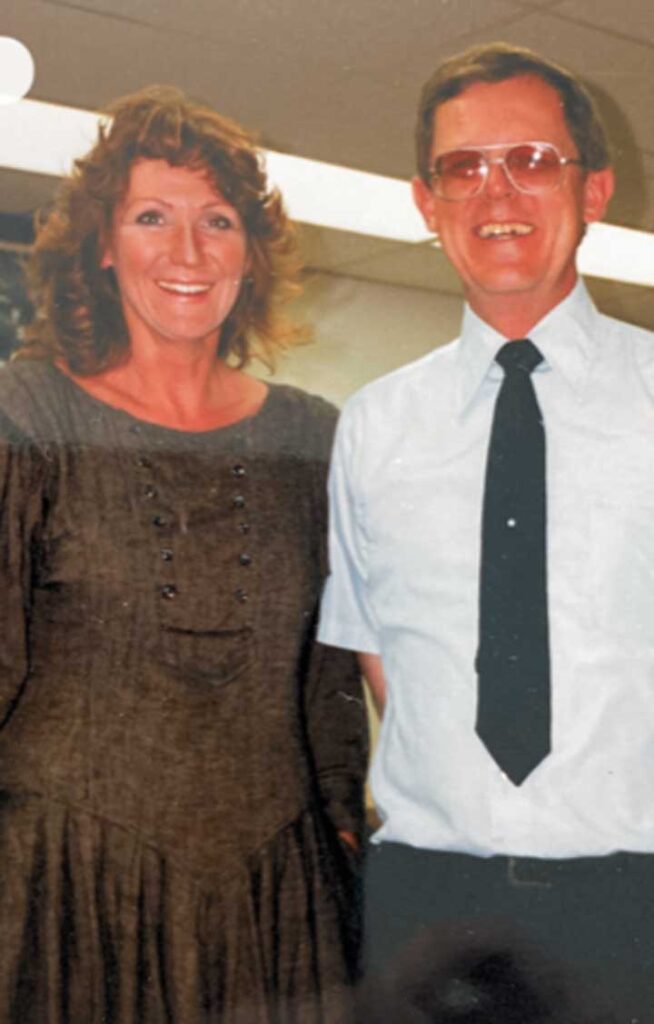
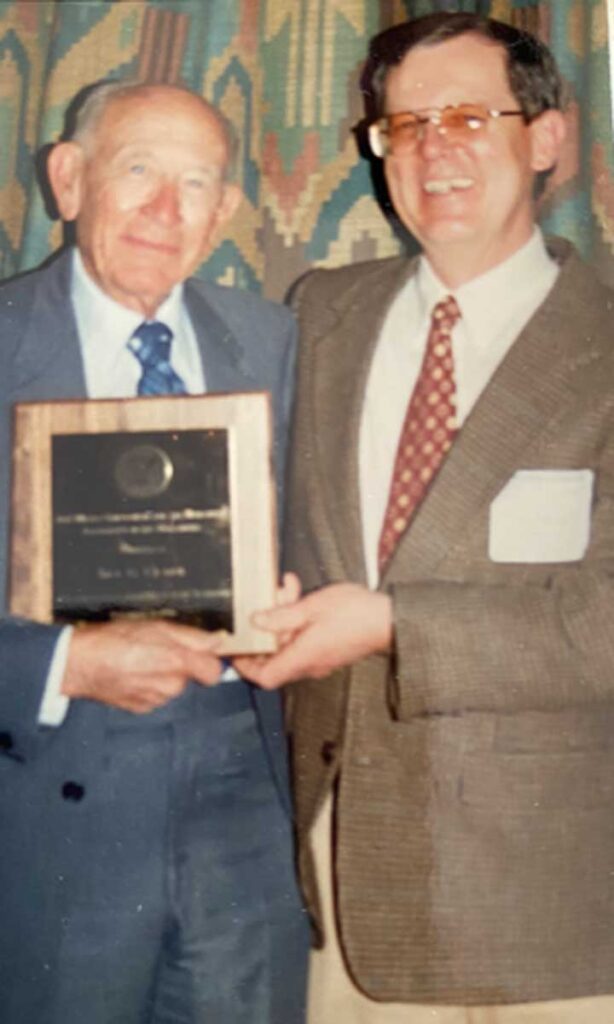
PASA POR AQUÍ
ADDITIONAL BLOG ARTICLES

CULTURE ALSO COMES IN THROUGH THE KITCHEN
By Teresa Dovalpage
“Here in Hobbs, where I currently live, the Cuban community, very small when we moved here seven years ago, is growing fast.”
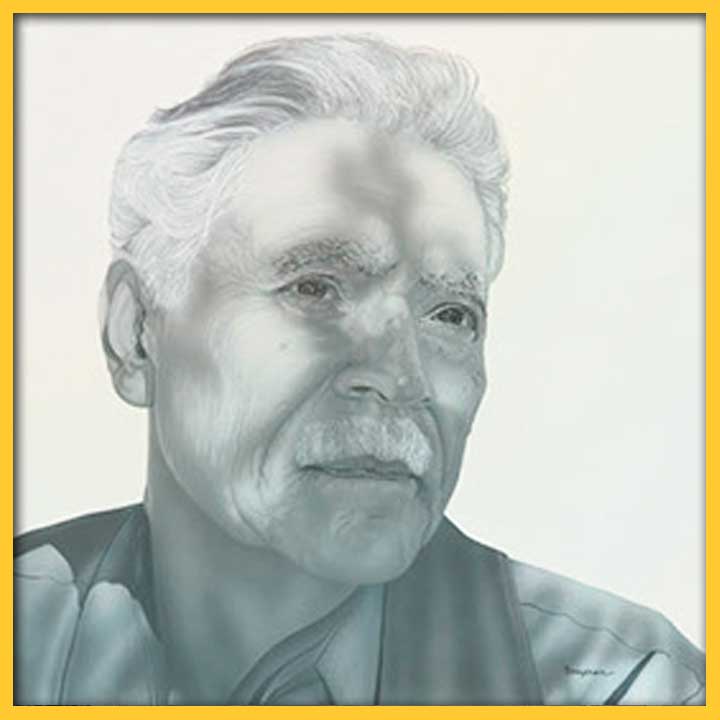
RUDOLFO ANAYA’S MAGIC WITH WORDS
By Chris Chaves
“It seems that, for Anaya at least, libraries and the magical words hidden in their books can serve to impart knowledge, facilitate love, and encourage empathy about others.”
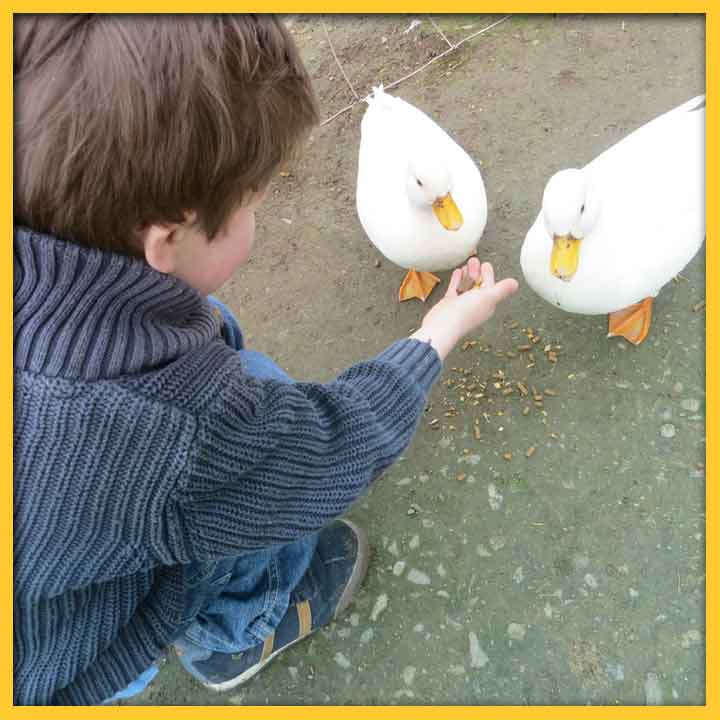
ECOLINGUISTICS AND HOW LANGUAGE CAN SAVE THE WORLD
By Monika Dziamka
“It’s hard to talk about gender, equality, and equity without also talking about issues surrounding sustainability and the environment—which in turn relate to issues of power, colonialism, and capitalism.”
SHARE:
DISCLAIMER:
Any views, findings, conclusions or recommendations expressed in this blog post/article does not necessarily represent those of the New Mexico Humanities Council or the National Endowment for the Humanities.
ABOUT THE AUTHOR:
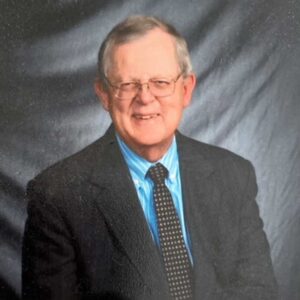
JIMMY H. MILLER
Jimmy H. Miller received his bachelor’s and master’s degrees in History and Political Science from New Mexico State University in 1968 and 1970 respectively, and his Ph. D. in History and Political Science from Northern Arizona University in 1986. Miller has taught at San Juan College (San Juan Campus of NMSU), Northern Arizona University and Fort Lewis College in a career that has spanned fifty-three years. He and his wife, Sylvia, have lived in the Four Corners region for more than fifty years. They have a son and a daughter, and three grandchildren.
